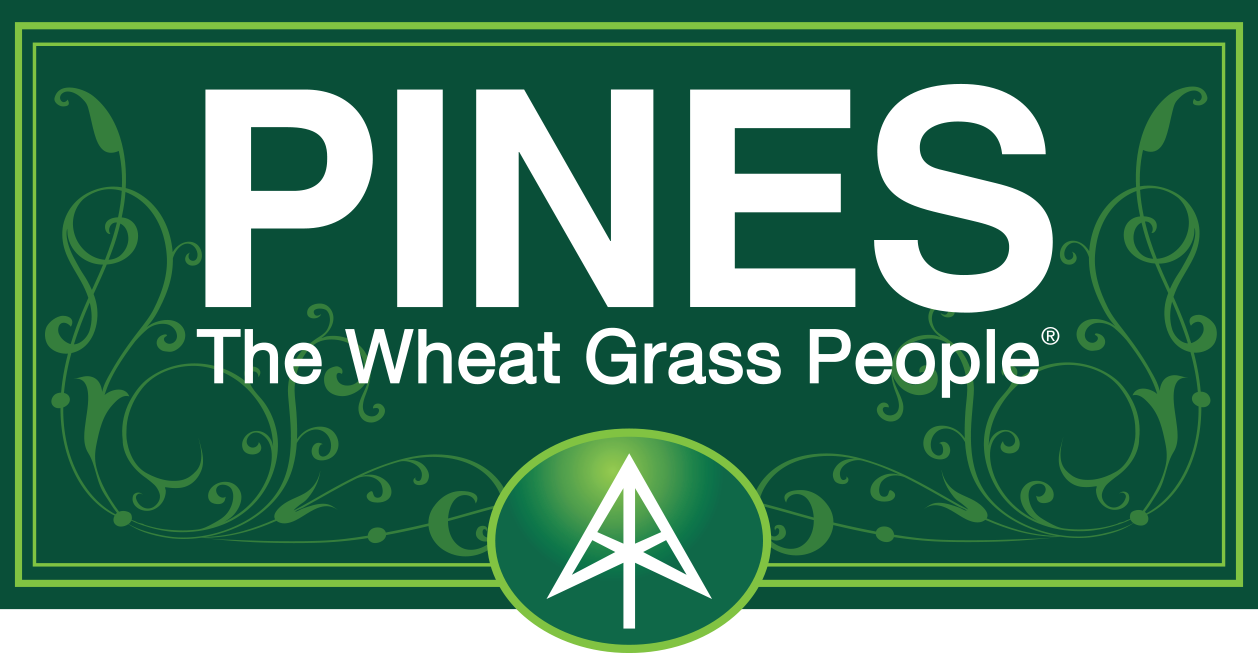Which would you rather have: A fresh pineapple, grown in January, in a Wisconsin greenhouse, or fresh pineapple picked at just the right time in Hawaii and then dried at low temperatures to preserve enzymes? Would you rather have a peach picked green and shipped from somewhere else to ripen on the way or dried peaches that were picked ripe from the tree at their peak of nutrition? Ann Wigmore had an answer.
What Did Ann Wigmore Say about Dehydrated Foods?
The author of several books on wheatgrass, Ann Wigmore, felt it was best to eat fresh foods when possible, but she also felt that dried foods are a better choice when it comes to preserving and capturing the once-a-year magic of fruits and vegetables at their seasonal peak. Wigmore felt it was better to eat a dehydrated food picked at its nutritional peak than foods harvested out of season or foods shipped in from great distances.
Growing Wheatgrass Naturally vs. Unnaturally
The top picture is wheatgrass growing in a tray. Below that is Pines wheatgrass in the early spring. It has been growing outdoors in cold weather for nearly 200 days. That is how Charles Schnabel and other scientists grew the wheatgrass discussed and documented in Ann Wigmore's books. The research on wheatgrass for that body of scientific and medical research was was with powder made from the wheatgrass in the lower picture. That research is often used to support growing wheatgrass in a tray. Tray wheatgrass nothing like what was used in the research. Even so, several authors dedicated their works to Schnabel as and one author, Steve Meyerowitz called him "the father of wheatgrass."
Pines still operates one of Dr. Schnabel's laboratories and uses some of his fields. Pines carefully follows where and how Schnabel grew his wheatgrass. Real wheatgrass grows very slowly, outdoors, in often-freezing temperatures. Fields are harvested once each year at their nutritional peak. Real wheatgrass is often shorter than tray wheatgrass and is much greener. It contains four times more chlorophyll, tastes good and is mold free.
Wheatgrass Grown in a Tray is Extremely Unnatural
Tray wheatgrass growers plant seeds 300 times closer than is natural. The plants grows seven times faster than is natural at temperatures three times higher than is natural. These conditions are perfect for the growth of mold, bacteria and pathogens. Most tray wheatgrass is never tested, while Pines Wheat Grass is tested for yeast, mold, bacteria, pathogens, heavy metals, protein and other nutrition markers. In more than 40 years, our products have always met the highest possible safety standards. Pines also tests each batch to makes sure it is gluten free. The roots of Pines' organic wheatgrass go down more than a foot deep in rich glacial soil. To prevent loss of nutrients, we remove the oxygen from each bottle.
When grown in a tray, roots become a tangled, moldy mess. Even so, growing long wheat sprouts under artificial conditions in your home is fun. As long as you can tolerate the flavor and are not allergic to mold, tray-grown wheatgrass can be one of many sources of greens in your diet. Even so, a teaspoon of Pines' wheatgrass powder contains more nutrition than a wheatgrass shot. It costs as little as 15 cents. It also doesn't have the problems of mold and high bacteria counts associated with wheatgrass grown under artificial conditions.
For more than 40 years, our mission has been to provide convenient and economical ways to increase the greens in your diet. Green foods protect your health. Consume all you can!



Comments (0)
There are no comments for this article. Be the first one to leave a message!